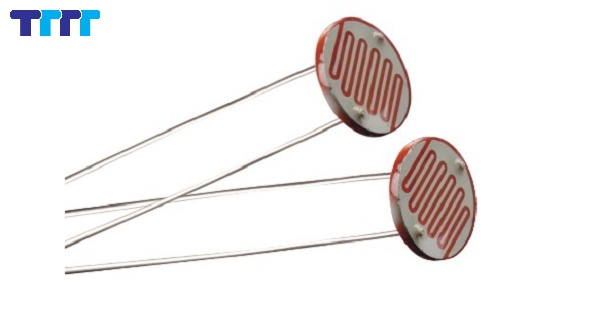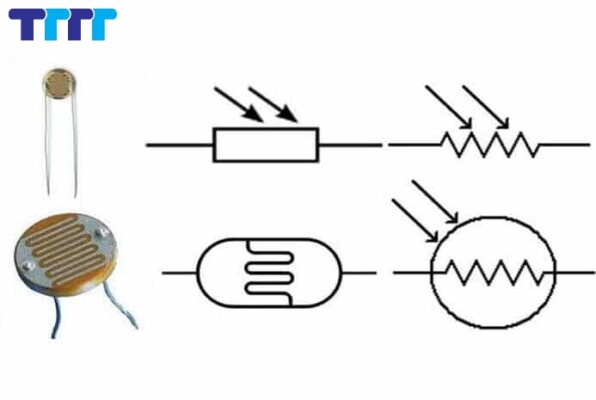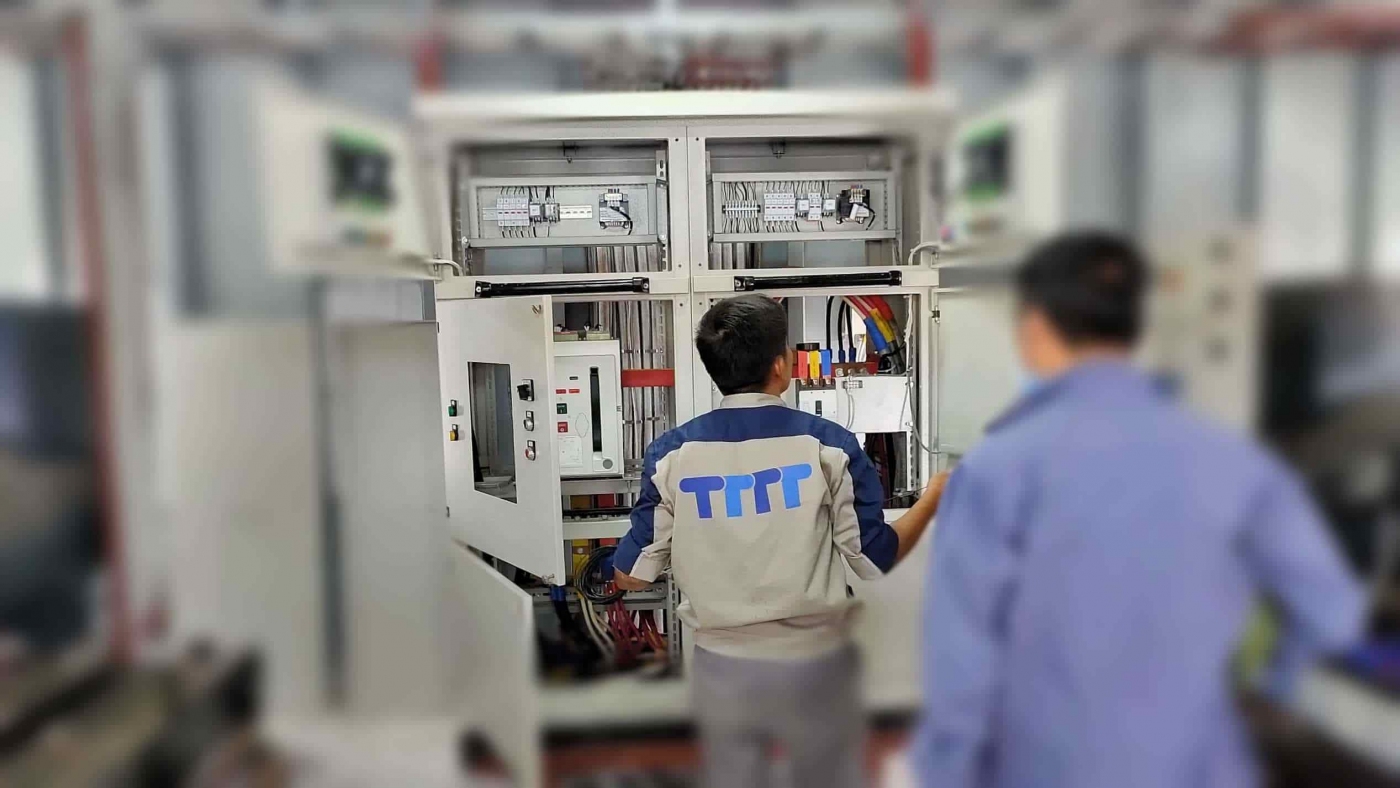Recently, photoresistor is an important electronic component with the ability to adjust current based on light. This helps photoresistors have many applications in electrical circuits and in everyday life.
You may be interested in the following articles:
- Answer why it is necessary to transmit electricity over long distances?
- Overview of power transmission efficiency
Contents
Photoresistors is…

Photoresistor is a special type of resistor designed to change its value based on the intensity of ambient light. Photoresistors are often used in light sensing applications, such as in automation devices, robots, or automatic control devices.
The operating principle of a photoresistor is based on the photoelectric effect, that is, the ability of a material to change its resistance when exposed to light. When light shines on the photoresistor, the energy from the light causes electrons to move through the material, thereby changing the material’s structure and thus its resistance value.
Some common applications of photoresistors include use in light sensors to measure light intensity, automatic LED adjustment based on environmental light levels, or in lighting systems. Automation to control devices based on light levels.
The structure of photoresistor is:
A photoresistor is a type of electronic component that can regulate the flow of current through it by adjusting the light shining on it. The structure of a photoresistor includes two main parts: a semiconductor layer and a conductor layer.

The semiconductor layer is usually made from semiconductor materials such as silicon, germanium or arsenic. This layer is conductive when illuminated, meaning it can become conductive or non-conductive depending on the amount of light it receives. When light shines, electrons in the semiconductor layer will be excited and create holes, creating the phenomenon of conduction.
The conductor layer is usually made from light-absorbing materials such as sulfide, selenide or telluride. This substance enhances the photoresistor’s ability to absorb light and convert it into electric current.
When light shines on the photoresistor, the semiconductor layer will change its conductive state, thereby adjusting the flow of current through the device. This gives the photoresistor the ability to adjust the brightness of LEDs, LCD screens or other applications in electronics technology.
In short, the photoresistor structure consists of a semiconductor layer and a conduction layer, these two parts work together to convert light into electric current and regulate the flow of current through the device.
See more: Application of interface device.
Photoresistor symbol
The photoresistor symbol is one of the important parameters to describe the ability to withstand changes in impedance in an electrical circuit. Photoresistors are denoted by the symbol R and have units of ohm (Ω).
Photoresistors are often used to describe the heat generation of electronic components, especially components such as resistors, capacitors, and inductors. When an electronic component operates, it generates heat due to the current flowing through it. The photoresistor indicates this temperature level and helps us evaluate the temperature resistance of the component.
In addition, a photoresistor is a resistance related to the ability to conduct electricity in a specific medium. It represents the difficulty with which electric current passes through a certain material. This is very important in circuit design, because if the photoresistor is too large, current will have difficulty passing through and may cause problems or damage to the circuit.
In general, photoresistor is an important parameter in the electronics and information technology industry, helping to evaluate the temperature resistance and electrical transmission ability of components and circuits.
Working principle of photoresistor is
A photoresistor is an electronic device that converts electrical energy into light. The operating principle of photoresistors is based on the photoelectric phenomenon, that is, when an electric current passes through a semiconductor material, it produces light.
Photoresistors are often made from semiconductor materials such as silicon, germanium or gallium arsenide. When current flows through this material, the electrons in the material will be excited and move from a low energy state to a higher energy state. When electrons return to their original state, the energy they release creates light.
Photoresistors can be used in many different applications such as LEDs, displays, light sensors, lasers, etc. The important characteristic of a photoresist is its ability to convert electrical energy into light effectively and without causing high temperatures.
In modern technology applications, photoresistors play an important role in generating light for electronic devices. Thanks to its intelligent operating principle, photoresistors help save energy and bring high efficiency to light-using devices.

In short, the working principle of photoresistors is based on converting electrical energy into light through the photoelectric phenomenon in semiconductor materials. This helps photoresistors become an important component in modern technology and play an important role in creating light for electronic devices.
See more: Purchase cheap, genuine permanent magnet generators.
Company name:
TTTT GLOBAL co Ltd,.
Address: Landmark 4 Building, Vinhomes Central Park, 720A Dien Bien Phu Str, Ward 22, Binh Thanh District, Ho Chi Minh City, Vietnam.
Website: https://ttttglobal.com/en/
Hotline: +84286 2728 334
Email: Info@ttttglobal.com
CATEGORY: TECHNICAL QUESTIONS AND ANSWERS









![Volvo Penta price list for [Made in India] engine 2022 volvo-penta-made-in-india](https://ttttglobal.com/wp-content/uploads/2022/04/volvo-penta-made-in-india.jpg)

